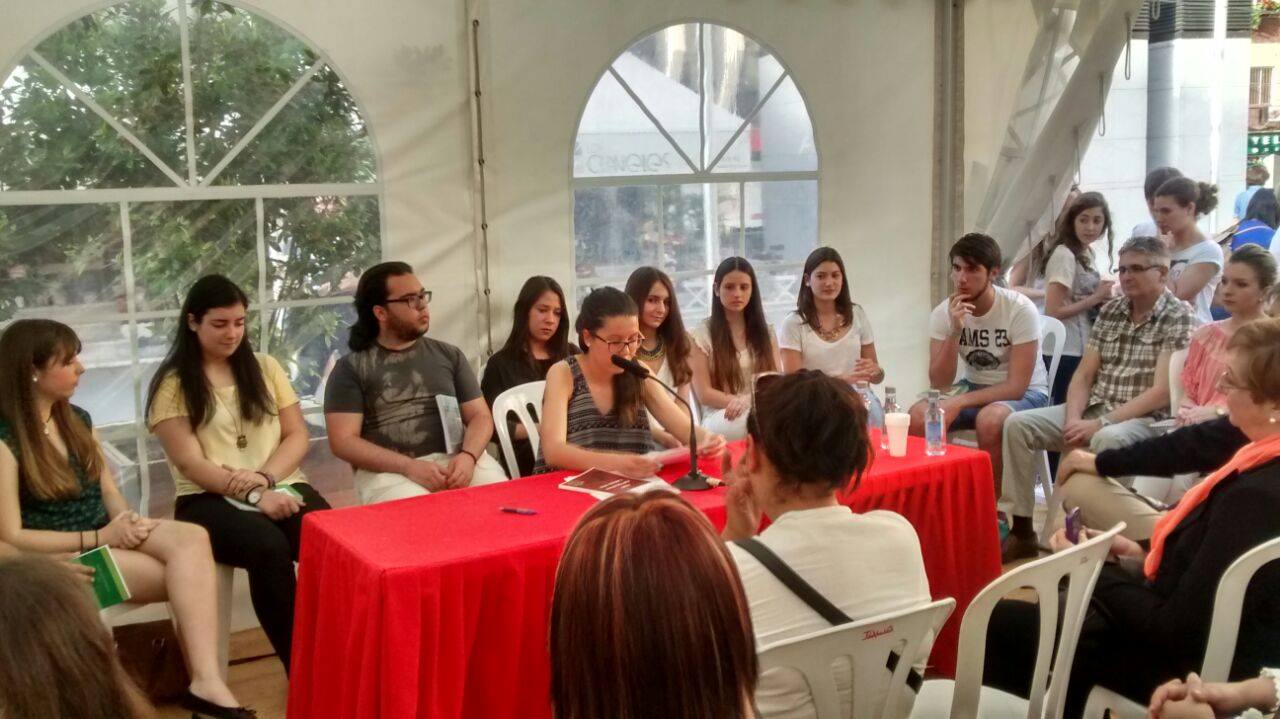The Burning of Vila-real
The Valencia Community was one of the most important scenarios during the War of Spanish Succession, and each town has a story to tell.
Relegation to the second division and the loss of Pellegrini are not the worst things to have happened in Vila-real, on the 12th of January 1706 they were even unluckier. On that day the army of Cristóbal Moscoso, Conde De Las Torres arrived on their doorstep (retreating from the Earl of Peterborough, head of th3e British forces in Spain, who had just relieved San Mateo), believing that they were being pursued by a much larger army.
My welcome in Vila-real was much more effusive. As usual ignored the Tourist Information Office and made straight for the Town Hall Archive, mentioning that I was investigating the Spanish War of Succession, expecting to be fobbed off with directions to the local library. Instead I was lucky enough to come across Vicente Gil, the town archivist, who has been studying these very events since the 80s, and has published articles and helped to organise the 300th anniversary exhibition which took place, as you would expect, in 2006.
 Vicente regaled me with all kinds of interesting documents, including extracts from a novel by Daniel Defoe called ‘The Military Memoirs of Captain George Carleton’ which, although it is fiction, was written in collaboration with the Earl of Peterborough himself, and is believed to be an accurate account of what happened.
Vicente regaled me with all kinds of interesting documents, including extracts from a novel by Daniel Defoe called ‘The Military Memoirs of Captain George Carleton’ which, although it is fiction, was written in collaboration with the Earl of Peterborough himself, and is believed to be an accurate account of what happened.
In the book we read: “On arriving at Villareal the British were horrified at the hideous massacre which had taken place. They went from house to house and found everywhere the bodies of the slaughtered inhabitants, and the ardour of the dragoons was, heightened by the sight.
According to Vicente Gil, the massacre at Vila-Real was in fact far more calculated than just soldiers on the rampage, almost a substitute for salary in those days. Citizens and houses were burnt selectively; houses were marked before being looted and destroyed, and among the documents destroyed were all those belonging to notaries; documents proving ownership of property. It was in fact ethnic cleansing without the ‘ethnic’.
Details of the tragedy are hard to put together and have been told mainly by the victors. It is agreed however that 253 citizens of Vila-Real were killed and 180 heads of family were kidnapped, being used to carry away the army’s wounded.
Many of these died in captivity, others ended up prisoners in the castle of Requena until they were exchanged for prisoners held at Vila-Real.
Among the dead on the Conde de las Torres’ side was Count Rossell, killed by a grinding stone thrown from a window by a woman from Onda, and at least twelve women and six priests were among those killed on January 12th.
Belgian and Basque troops mainly perpetrated the massacre, with the Royal Guard of Castille adding a touch of class.
What is known is that the citizens at one point opened the gates to the besieging army, although there are different versions as to why.
Why the entry into the city should immediately turn into a bloodbath is not so clear, and many of the details are probably in the files of the Inquisition in Rome; the Inquisition being the best secret service of the time, at the service of Felipe V. Unfortunately they have always found excuses not to release this ‘historical’ information.
At the time, the massacre at Vila-Real became an instant point of reference, a kind of Guernica of the epoch; in fact, when a few days later, the Earl of Peterborough arrived at the gates of nearby Nules, which had been recently fortified and abandoned by De Las Torres, he threatened the defenders by referring to Vila-Real.
As Daniel Defoe writes: “Peterborough told them in an angry tone that he gave them only six minutes for deliberation, and that if they offered the slightest resistance he would repeat at Nules the massacre which Las Torres had carried out at Villareal”.
Surrender was practically instantaneous.
Today Vila-real has lost practically all its architectural heritage; the city walls were demolished to make way for uncontrolled urban development in the 1960s and little remains of the town that was put to the torch.
 A local historian, Benet Traver (1866-1933) compiled a report of what happened based on family stories. According to him, apart from women and priests, the victims included two scribes, two surgeons, two blind men, a vet, a tailor, three blacksmiths, a watch-maker, a student and three weavers.
A local historian, Benet Traver (1866-1933) compiled a report of what happened based on family stories. According to him, apart from women and priests, the victims included two scribes, two surgeons, two blind men, a vet, a tailor, three blacksmiths, a watch-maker, a student and three weavers.
On the Borbon side he estimates that 500 enemy soldiers were killed, although other researchers lower the number to 250. Either way it was a costly victory against a civilian opponent.
The same document described De Las Torres as an inexperienced, unscrupulous commander who took advantage of the war to increase his own power, and who hid in a convent while the fighting was taking place.
After an unsuccessful attack lasting an hour, one of his officers, Colonel Amézaga persuaded the inhabitants to stop fighting, promising them that no harm would befall them, although his orders from De Las Torres were quite different.
He entered the city and, noting there were no soldiers present, fired two pistol shots, which was the signal for the assault and massacre to begin.
Many inhabitants defended themselves while others fled, although there could be no doubt as to the final result once the army was inside the walls.
Whatever really happened, the 12th January 1706 is a date that will be remembered in Vila-real for some time to come, although many would prefer it to be forgotten.











Recent Comments